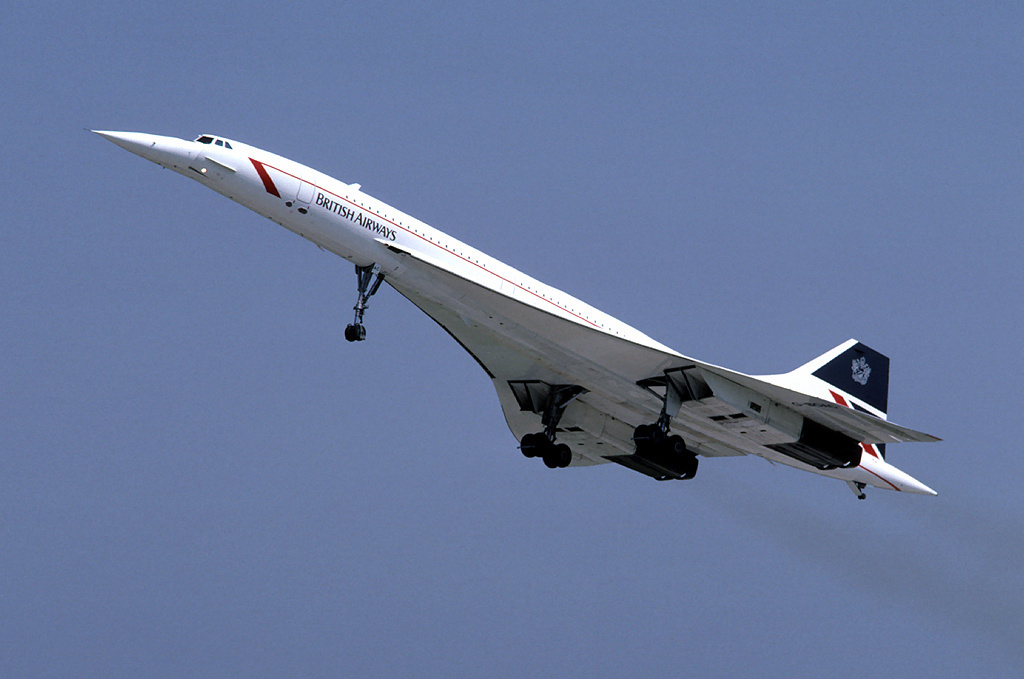The Concorde

The Concorde, an iconic supersonic passenger jet, was once a symbol of technological innovation and luxury travel. Capable of cruising at twice the speed of sound, it revolutionized air travel by reducing the flight time between New York and London to just under three and a half hours. However, despite its groundbreaking design and capabilities, the Concorde was retired in 2003, marking the end of an era in aviation history. So, what exactly happened to the Concorde? Let’s delve into its rise, challenges, and ultimate demise.
The Birth of a Supersonic Dream
The Concorde was a joint project between Britain and France, developed by British Aircraft Corporation (BAC) and Aérospatiale. Its maiden flight took place in 1969, and it entered commercial service in 1976 with British Airways and Air France. The aircraft could reach speeds of Mach 2.04 (about 1,354 mph or 2,180 km/h) and fly at altitudes of up to 60,000 feet, allowing passengers to see the curvature of the Earth.
The Concorde quickly became a status symbol, catering primarily to wealthy travelers and celebrities. Its ability to cut transatlantic flight times in half made it a favorite among business executives and those who valued time over cost.
The Challenges
Despite its glamour and speed, the Concorde faced significant challenges:
- High Operating Costs: The Concorde’s engines consumed large amounts of fuel, making it expensive to operate. Ticket prices were correspondingly high, limiting its appeal to a niche market.
- Limited Range and Capacity: With a seating capacity of just about 100 passengers and a range of 4,500 miles (7,250 kilometers), the Concorde was less versatile than subsonic aircraft, which could carry more passengers over longer distances.
- Environmental Concerns: The Concorde’s sonic boom was a major drawback, restricting it to transoceanic routes to avoid disturbing populated areas. Additionally, its fuel efficiency and emissions were poor compared to modern standards.
- Technological Constraints: While revolutionary in its time, the Concorde’s design and technology aged, and upgrades would have required significant investment.
The Crash of Flight 4590
One of the most significant blows to the Concorde program was the crash of Air France Flight 4590 on July 25, 2000. Shortly after takeoff from Paris Charles de Gaulle Airport, the Concorde struck debris on the runway, which caused a tire to rupture. The resulting debris punctured a fuel tank, leading to a catastrophic fire and the aircraft’s crash into a hotel. All 109 people on board and four on the ground were killed.
This tragic incident led to the grounding of the Concorde fleet for over a year while safety modifications were made. Although the aircraft returned to service in 2001, public confidence and demand had diminished significantly.
The End of an Era
By the early 2000s, the aviation landscape had changed dramatically. Airlines were prioritizing fuel efficiency and cost-effectiveness over speed. The Concorde’s high maintenance costs, coupled with declining passenger numbers following the crash and the September 11 attacks, made it financially unsustainable.
In 2003, both British Airways and Air France announced the retirement of the Concorde. Its final commercial flights took place in October of that year, marking the end of supersonic passenger travel.
Legacy and Future Prospects
The Concorde remains an icon of aviation history, celebrated for its audacity and technological achievements. While it was ultimately a commercial failure, its legacy endures as a testament to human ingenuity and ambition.
In recent years, interest in supersonic travel has been rekindled, with companies like Boom Supersonic and NASA exploring new technologies to develop quieter, more efficient supersonic aircraft. These projects aim to overcome the challenges that grounded the Concorde while ushering in a new era of high-speed air travel.
The Concorde’s story is a reminder of what’s possible when nations collaborate to push the boundaries of technology. Though its time in the skies was brief, the Concorde’s impact on aviation and popular culture will be remembered for generations to come.

Leave a Reply